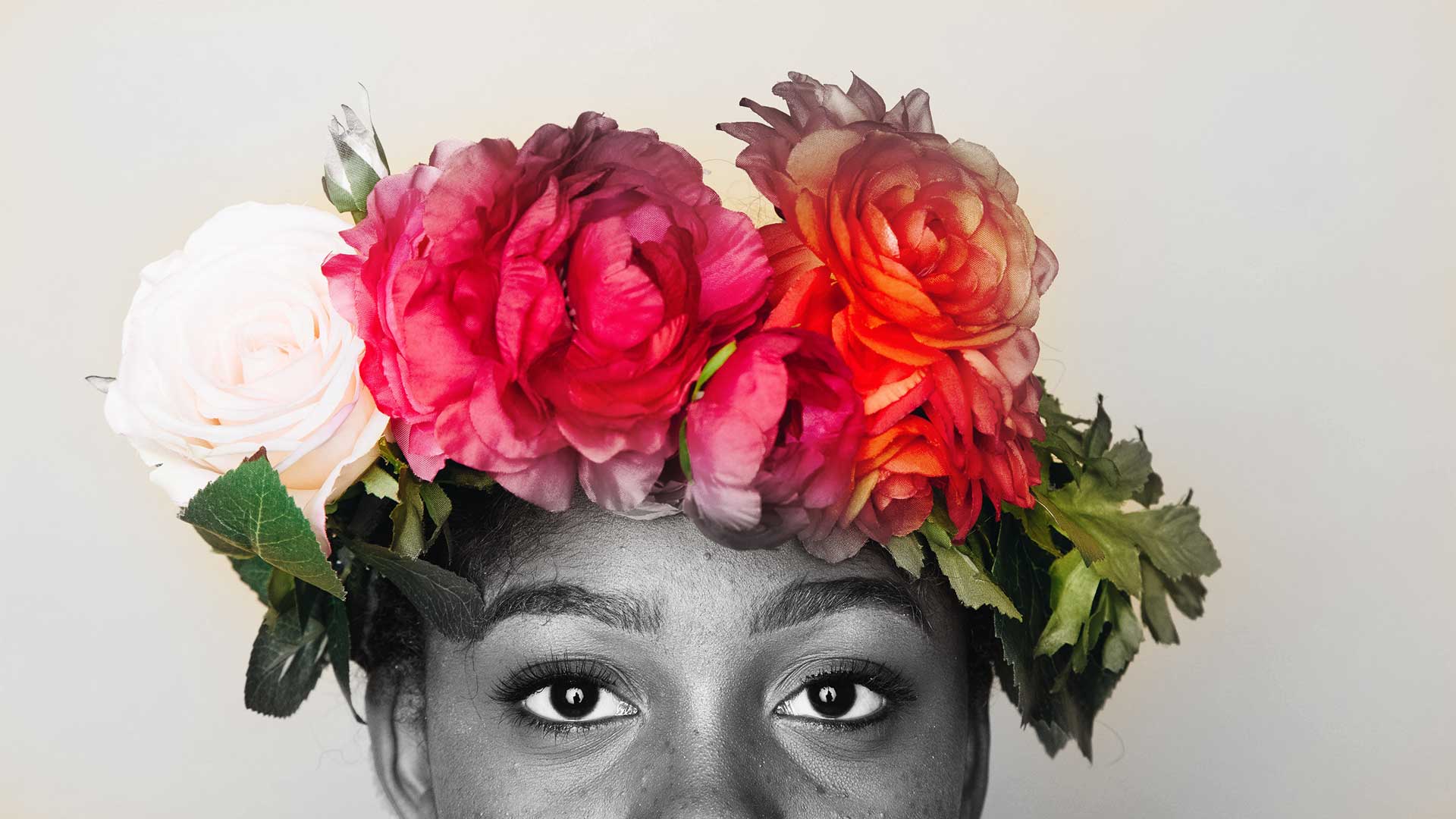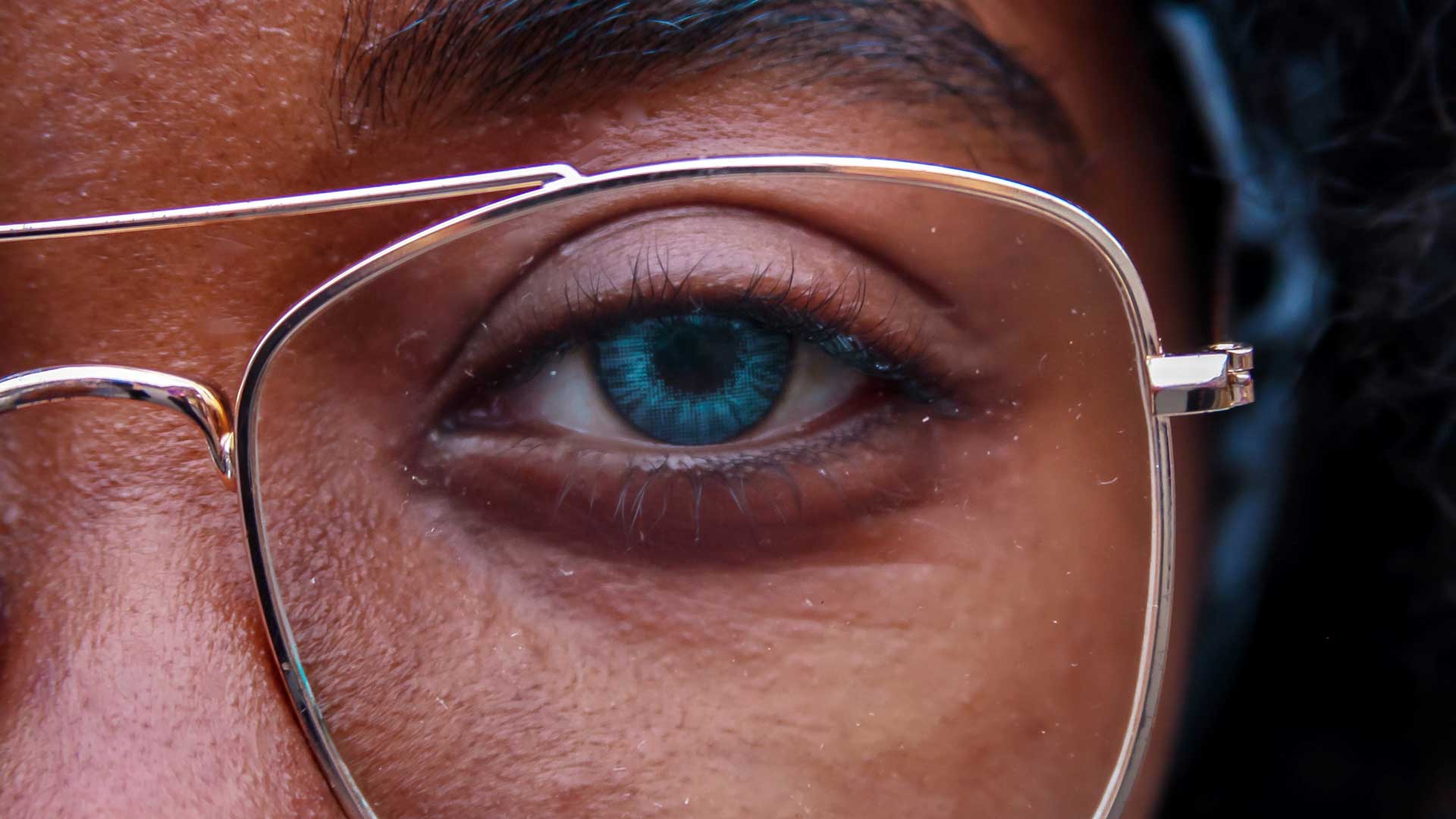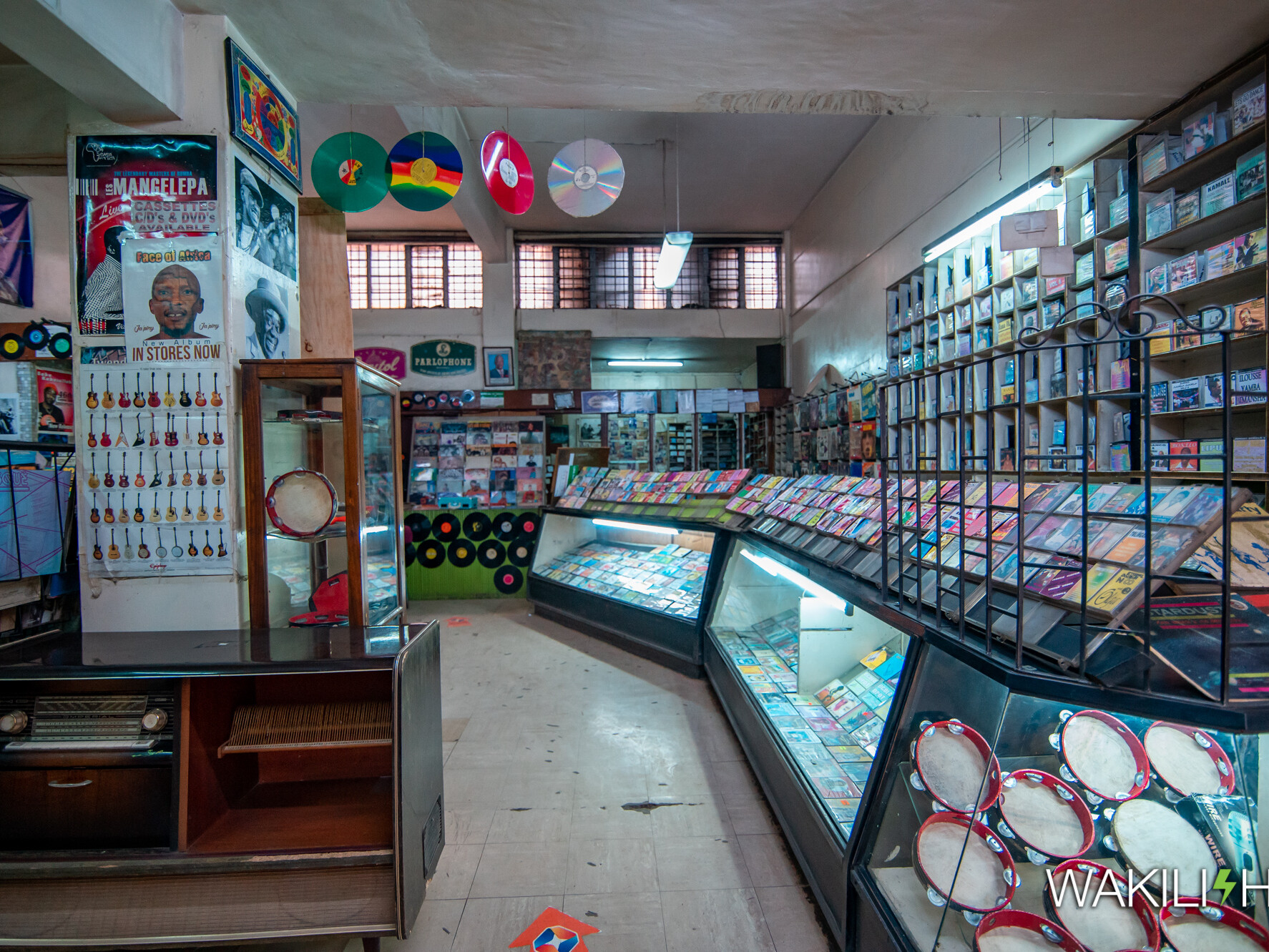Access to information and communication technologies is a basic human right, defined in the United Nations Convention on the Rights of Persons with Disabilities. The importance of the internet in life today means design for the blind can no longer be an afterthought; it has to be part of every design process.
The global number of visually impaired people of all ages is estimated to be 285 million and out of them all, 39 million are blind. About 80% of all blind people in the world are 50 years or older.
Blind in Kenya
According to UoN Prof. Karimurio Jefitha, Cataract is the most common cause of blindness in Kenya. The Cataract surgical coverage for cataract blind persons in Kenya is approximately 70%. Most Cataract operations in Kenya are done in charity hospitals like the PCEA Kikuyu Hospital Eye Unit and voluntary clinics (48%) with about 45% of all Cataract surgeries for the Cataract blind being done in government hospitals. Utilization of Cataract surgical services in Kenya remains low due to lack of awareness among the blind and the cost of surgery.
Internet for the blind
No doubt the internet provides profound opportunities for those with visual impairments and the blind. However, navigating the internet is no easy task for this special group of people. For the blind, web access is even more daunting. Bad design is a major reason for this. Most websites on the internet do not give any thought to accessibility for the visually impaired and blind.
Design for the Blind
What you need to do to make your website more accessible for the blind will vary depending depending on the type of content you serve and the information you deal with. However, there are some common issues you could try fixing first.
Outlined below are some of the common web design issues that will improve the web experience for the blind.
The basics
Among the ways to design a better internet that includes the blind too is to start with the basics. Many aspects of improving web accessibility are fairly easy to implement. For instance, properly designed navigation is important. Alternative text is important on images. Some of the basic, common design issues to look out for are:
- Missing or poorly labelled menu items,
- Poor content structure (eg missing or poorly placed headings)
- lack of alternative text on images
- Lack of associated descriptions on buttons and links
Simplify
Another way to make design better for the blind is to simplify. Simplify the length of your paragraphs and simplifying your thoughts to avoid jargon. This will not only improve readability for everyone but also make your website more easily accessible to the blind.
Start with the end in mind
It is important to incorporate accessibility from the very beginning of your projects. This will ensure consistent design, and also save you the added cost of re-doing an existing project to improve accessibility. It is also easier to solve accessibility problems when a project is still young.
Assistive technology friendly
Visually impaired and blind people use assistive technologies to access printed texts and images. Web designers and other people who design for the blind should provide properly formatted textual information and descriptions. Especially for images, links, buttons and other visual elements on their websites.
Once a website is assistive technology friendly, a blind person will be able to interact with the content on the page. Assistive technologies enable accessibility for the visually impaired and the blind in various ways. Depending on your needs, assistive technology can magnify print, verbalize text or translate some elements to braille.
Audio versions
Most visually impaired and blind people are now used to listening to recorded texts. Audio is one of the most versatile modes of communication. Audio does not need to be tweaked for different audiences either. If you choose to go the audio way, include descriptions for images and other visual information in the text being read. This ensures the intended meaning is captured accurately for everyone who will listen to the audio recording.
Improving accessibility to the internet for blind people creates new avenues for them to prosper. What other ways do you know that can be uses to improve web accessibility for the blind?
Wakilisha Staff
Our mission is simple: to uplift and safeguard African culture, with all its diversity, for generations to come. We celebrate our heritage and ensure its enduring legacy through in-depth coverage of the happenings across the continent, engaging initiatives, and collaboration with other African cultural practitioners.






